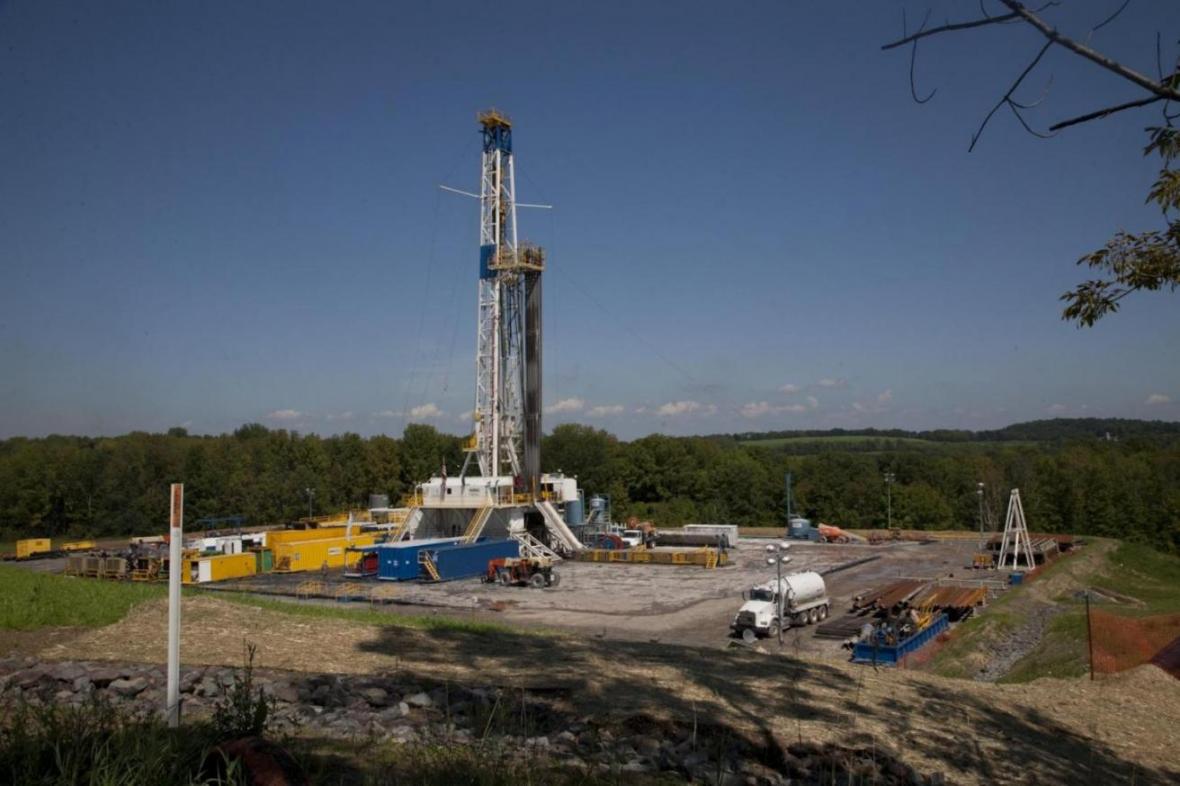Critics of fracking have long pointed to the prodigious use of water in the fracking process as one of the reasons to be against the controversial procedure, which props open layers of shale rock to let oil or gas flow into the well bore.
When a well is fracked, water is pumped down the well at high pressure to fracture the formations where oil and gas are found. The water that returns to the surface contains chemicals that were used in the fracking process, and other materials, that must be cleaned up and disposed of properly, Oil Price reported.
It is estimated that drillers in the United States process 25 billion gallons of water annually, with a typical frack well using 5 million gallons. Experts say that amount of water is enough to generate as much electricity as three coal-fired power plants running around the clock.
Fortunately, research is already underway to help determine whether processed water can be put to good use rather than wasted.
A $3.5 million pilot project starting this month, led by Continental Resources and the University of North Dakota, will look at the feasibility of applying geothermal technology to the thousands of frack wells that have been drilled recently in the US.
The researchers will hook up two geothermal generators to pipes carrying hot wastewater from up to a mile and a half underground. The steaming water will then be pumped through generators housed in 40-foot containers to produce electricity.
Will Gosnold, professor of geophysics at University of North Dakota, says the water they are using comes out of the ground at 102 degrees Celsius—not super-hot by geothermal standards—and is cooled to 98 degrees.
“This is what we would call a low-temperature geothermal demonstration project,” Gosnold said in a recent interview on BNN. “The idea is to see if this actually can be done and done economically.”
Gosnold said the economics look promising considering that the researchers are tapping into an existing water supply and simply converting the heat to power.
The process would generate about 0.25 MW of electricity—enough to power 300 homes.
Gosnold notes the equipment would only cost around $350,000, allowing the researchers to create power at around $3,000 a kilowatt. “That is a good price,” he told BNN's Andrew Bell.


